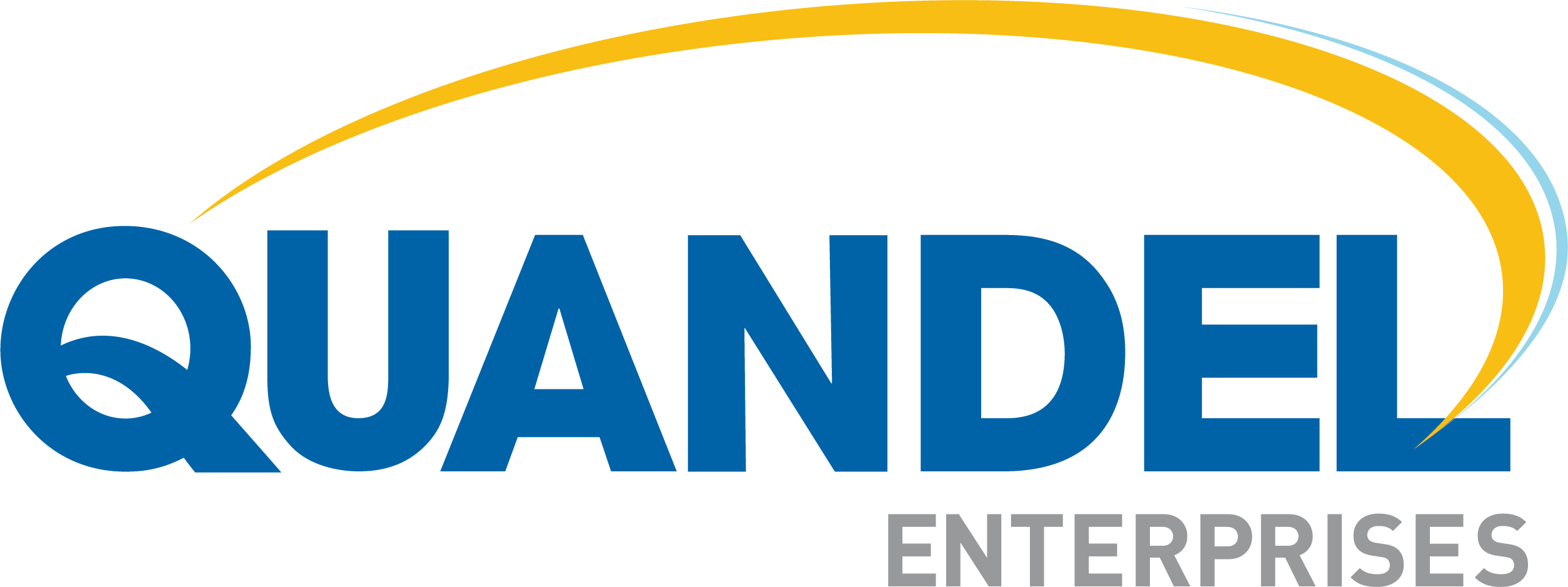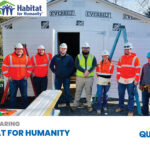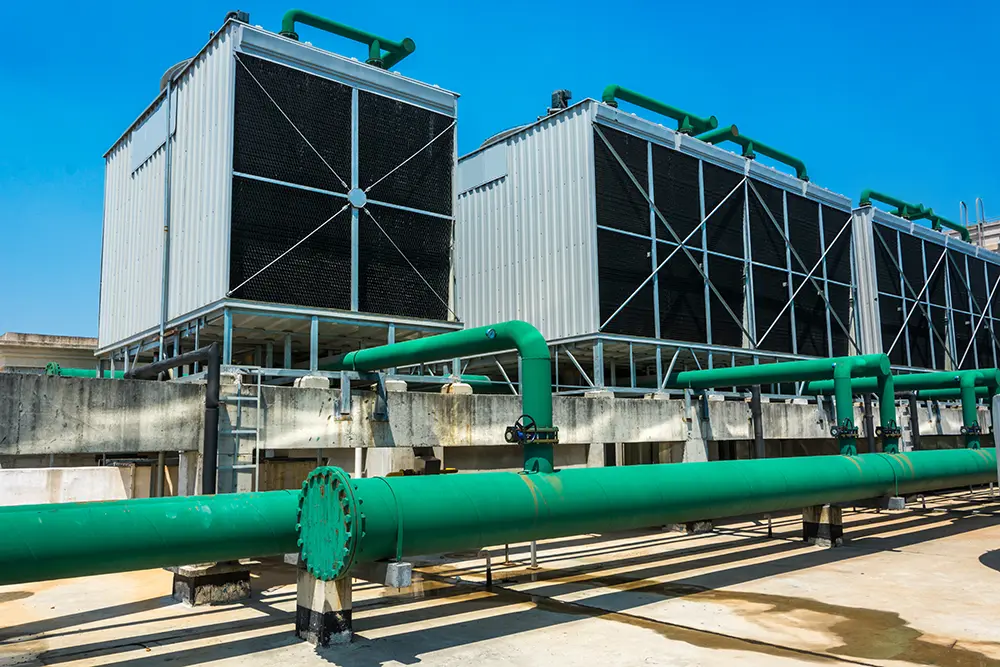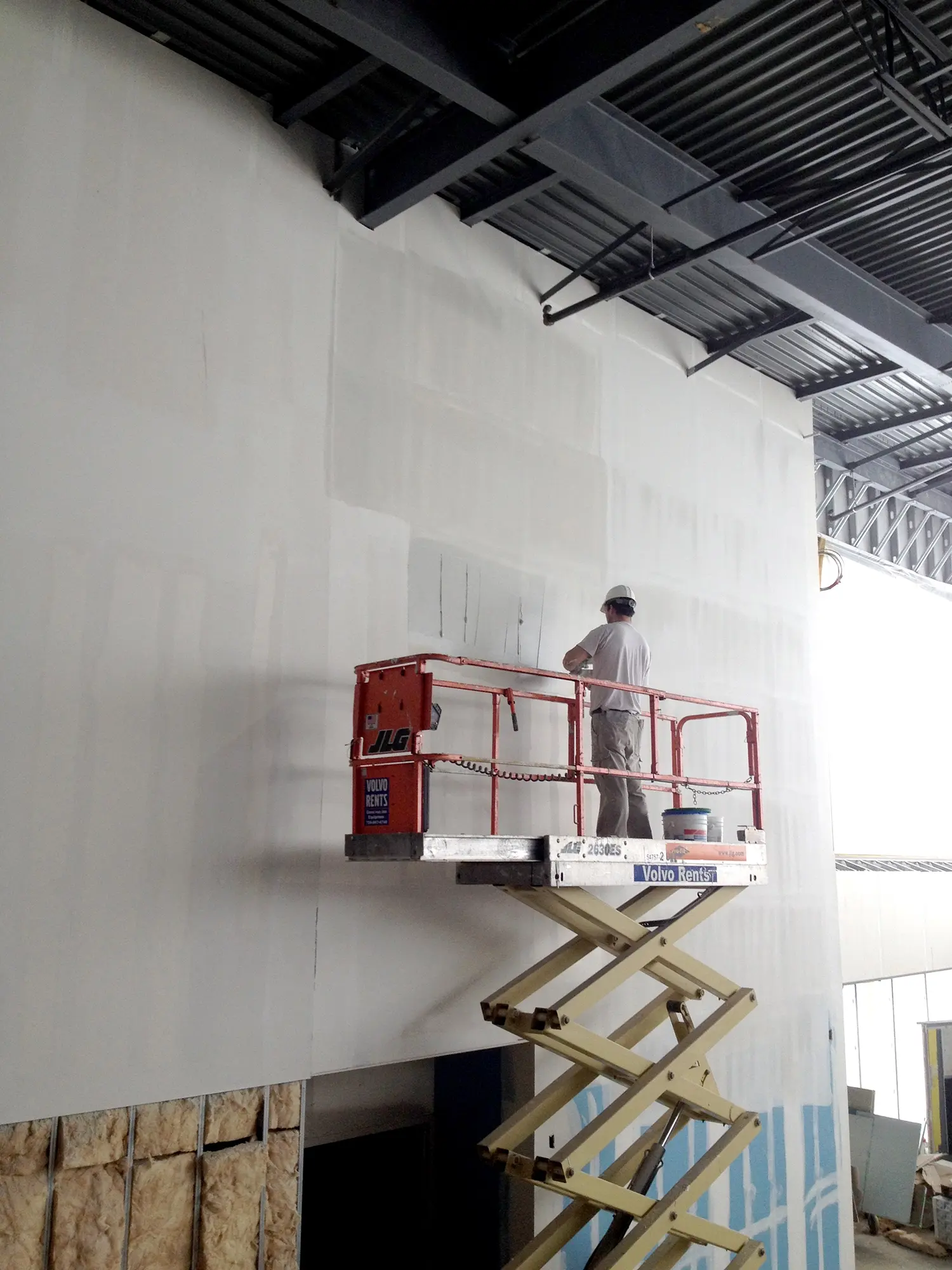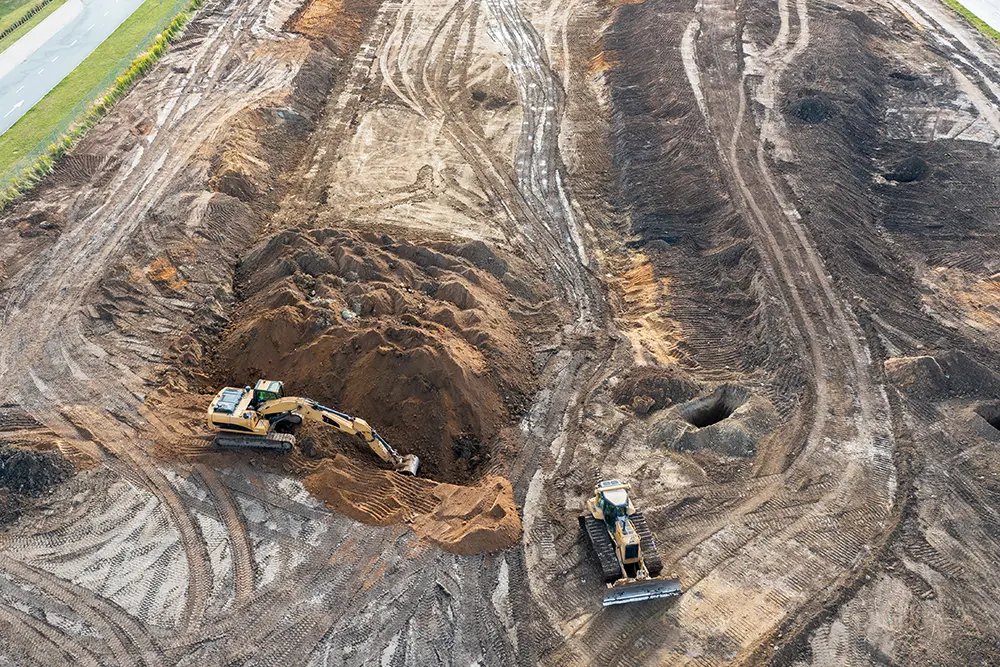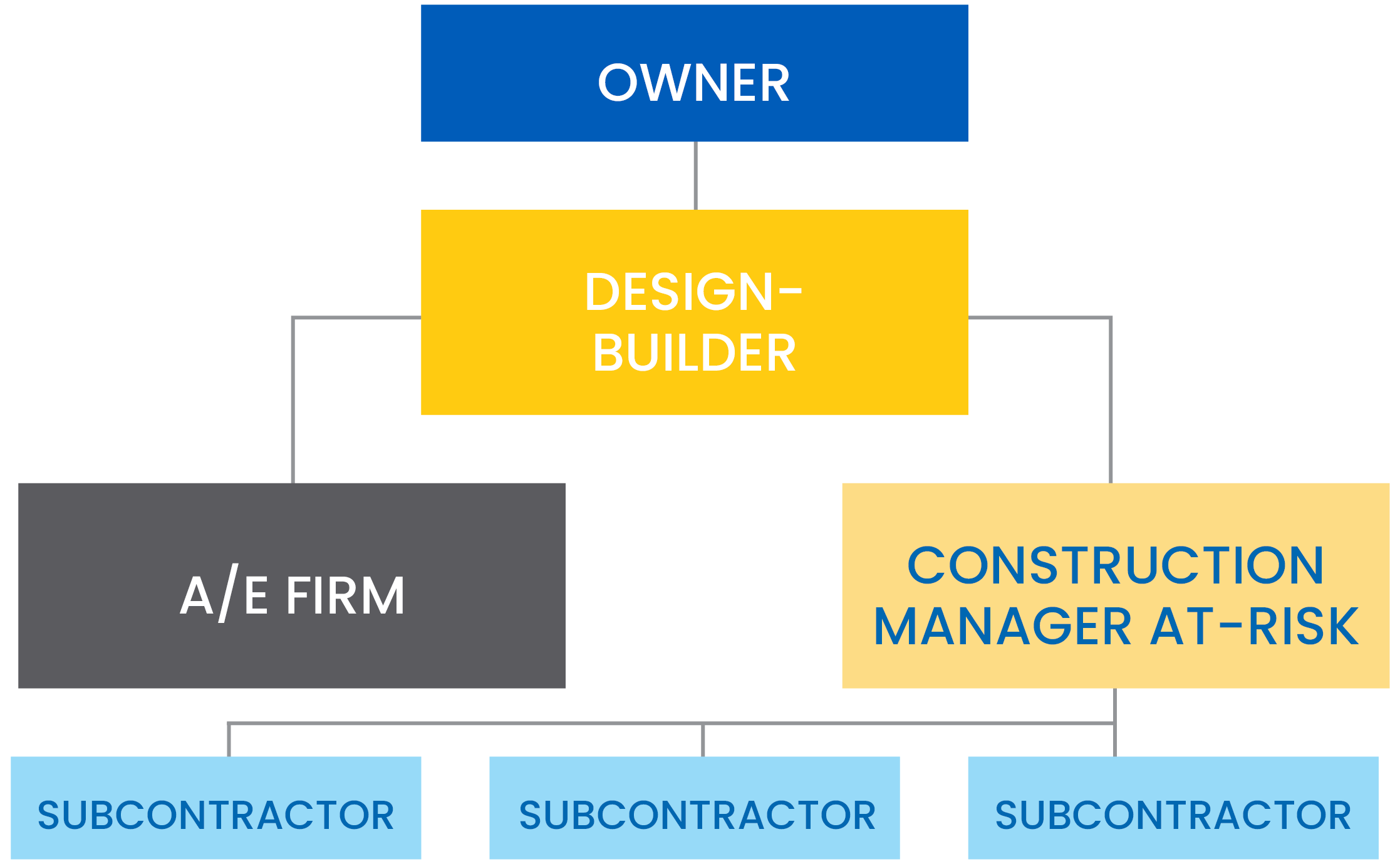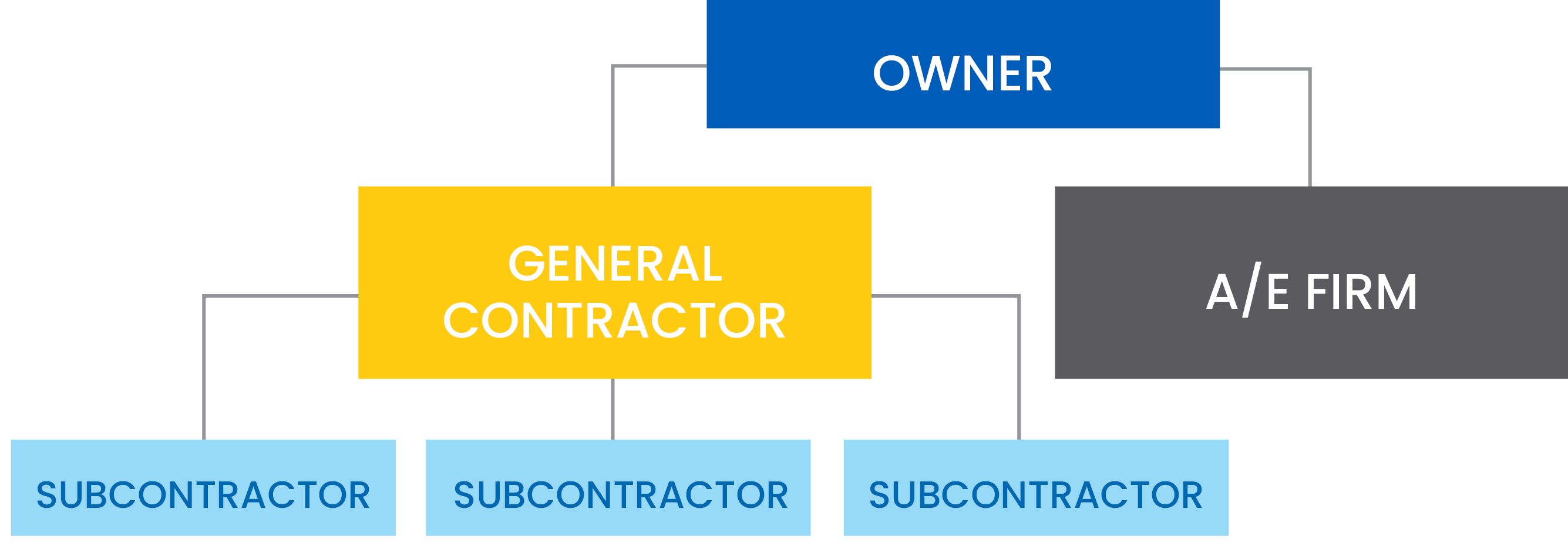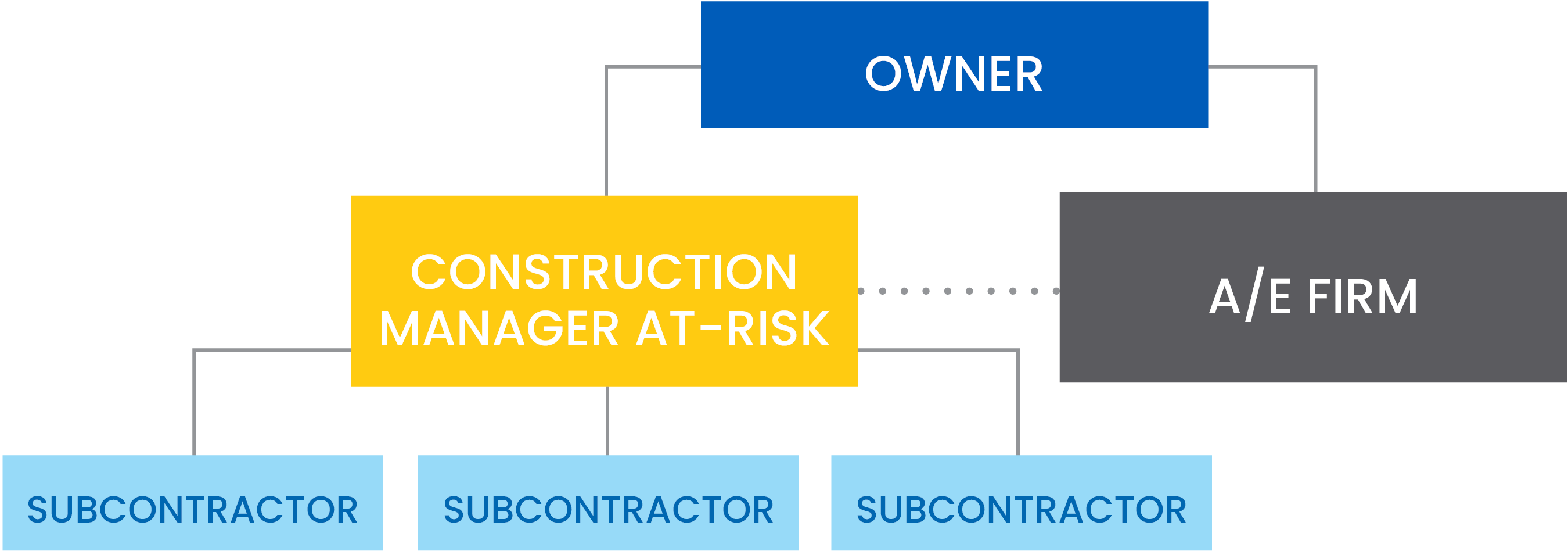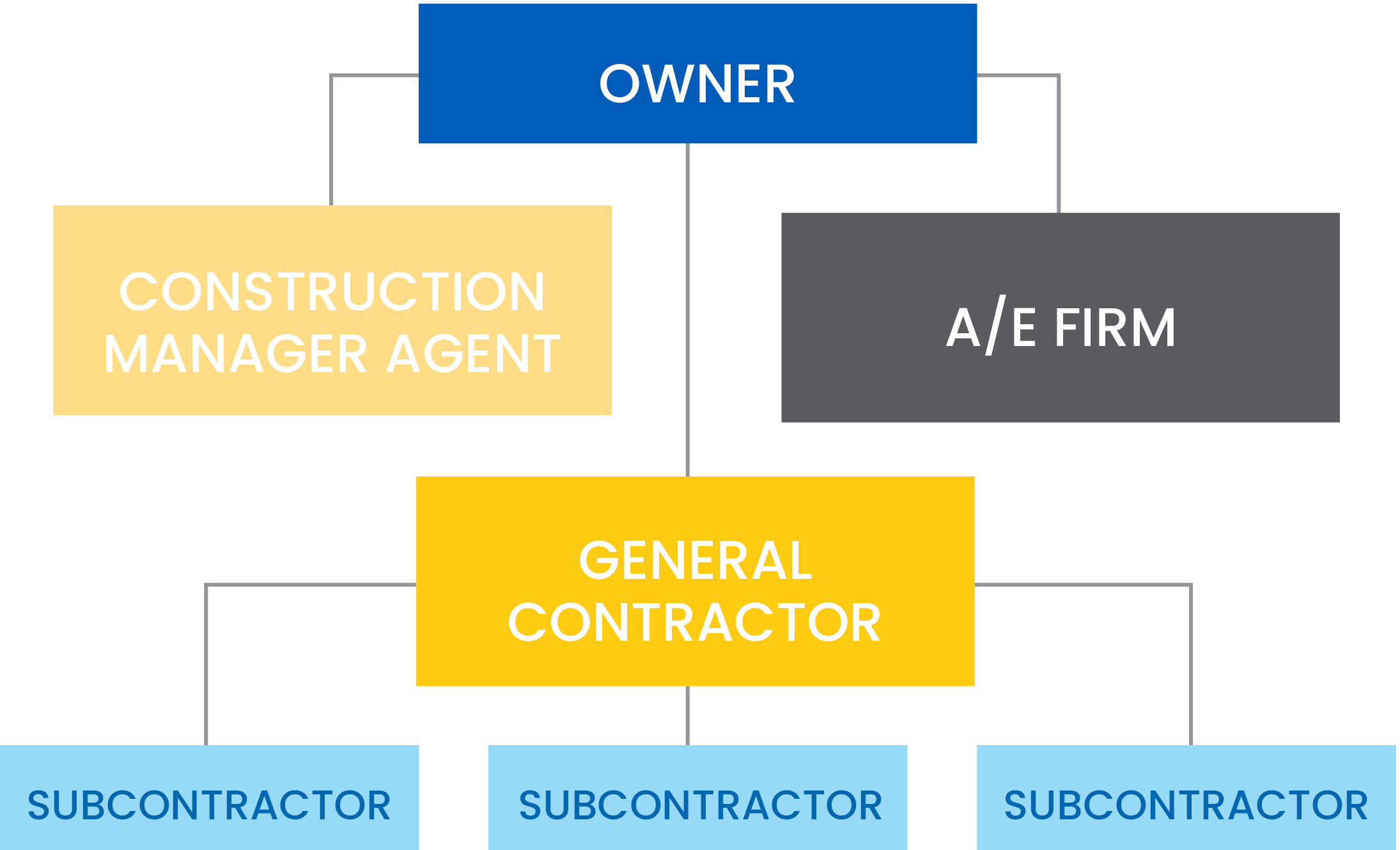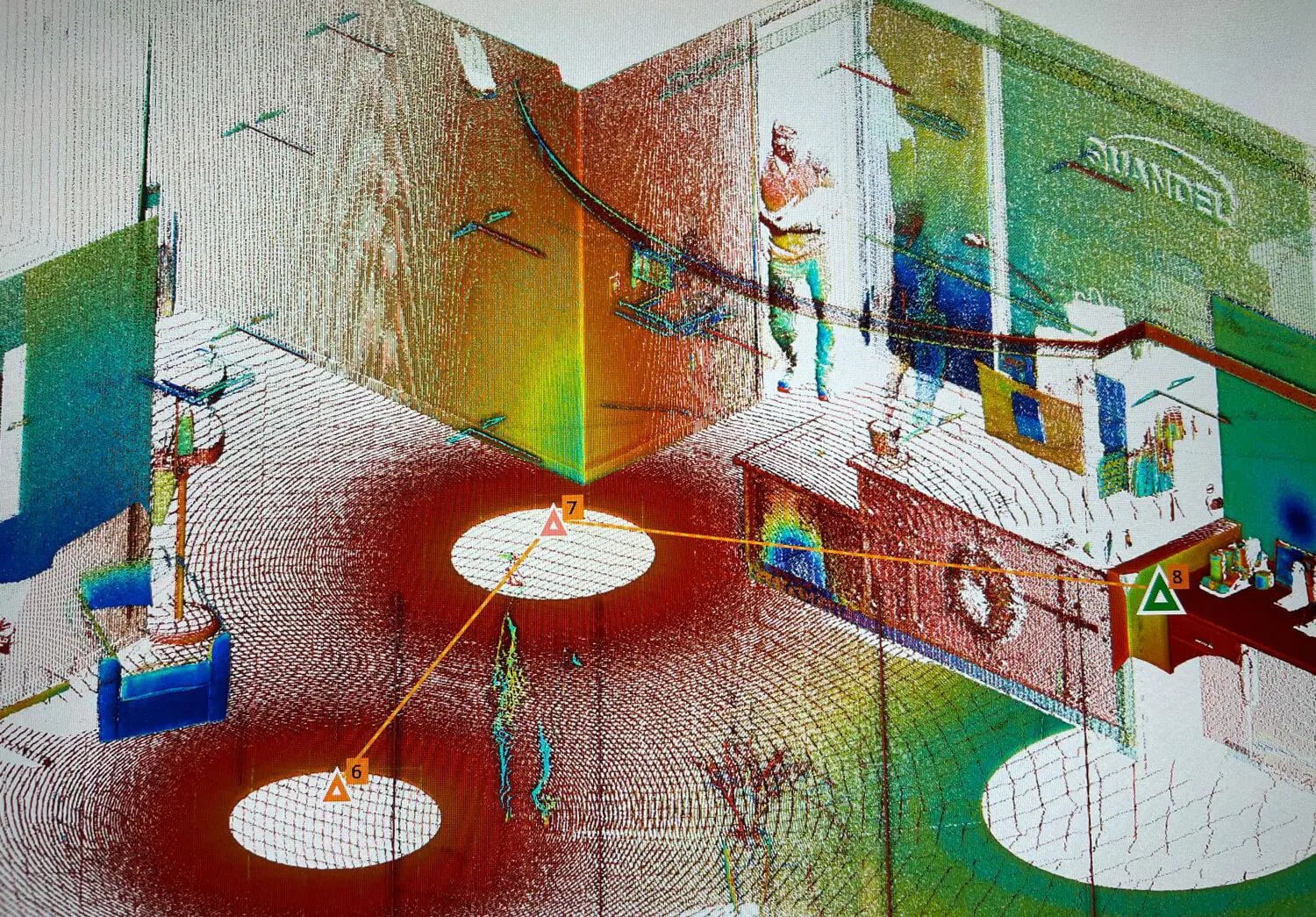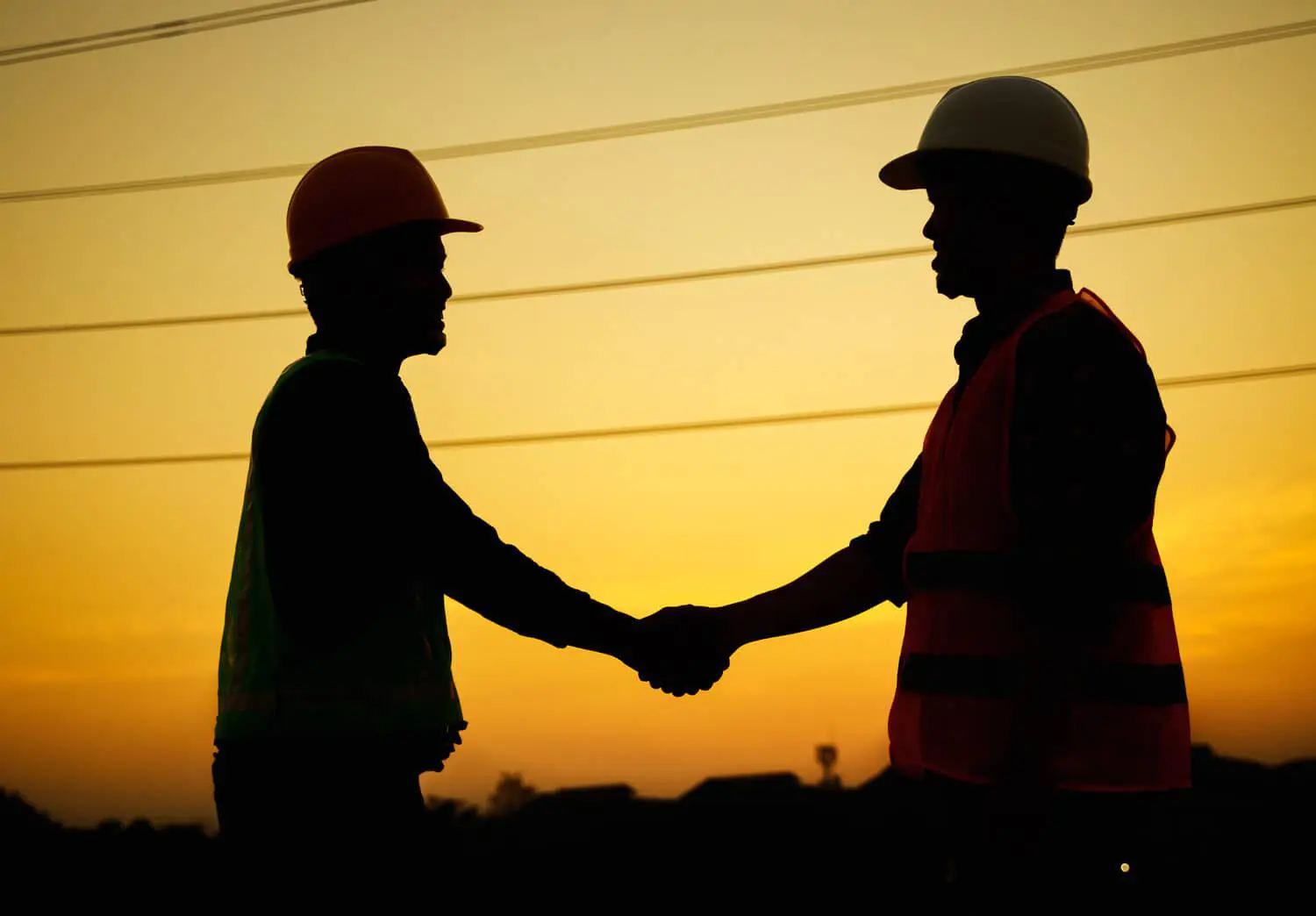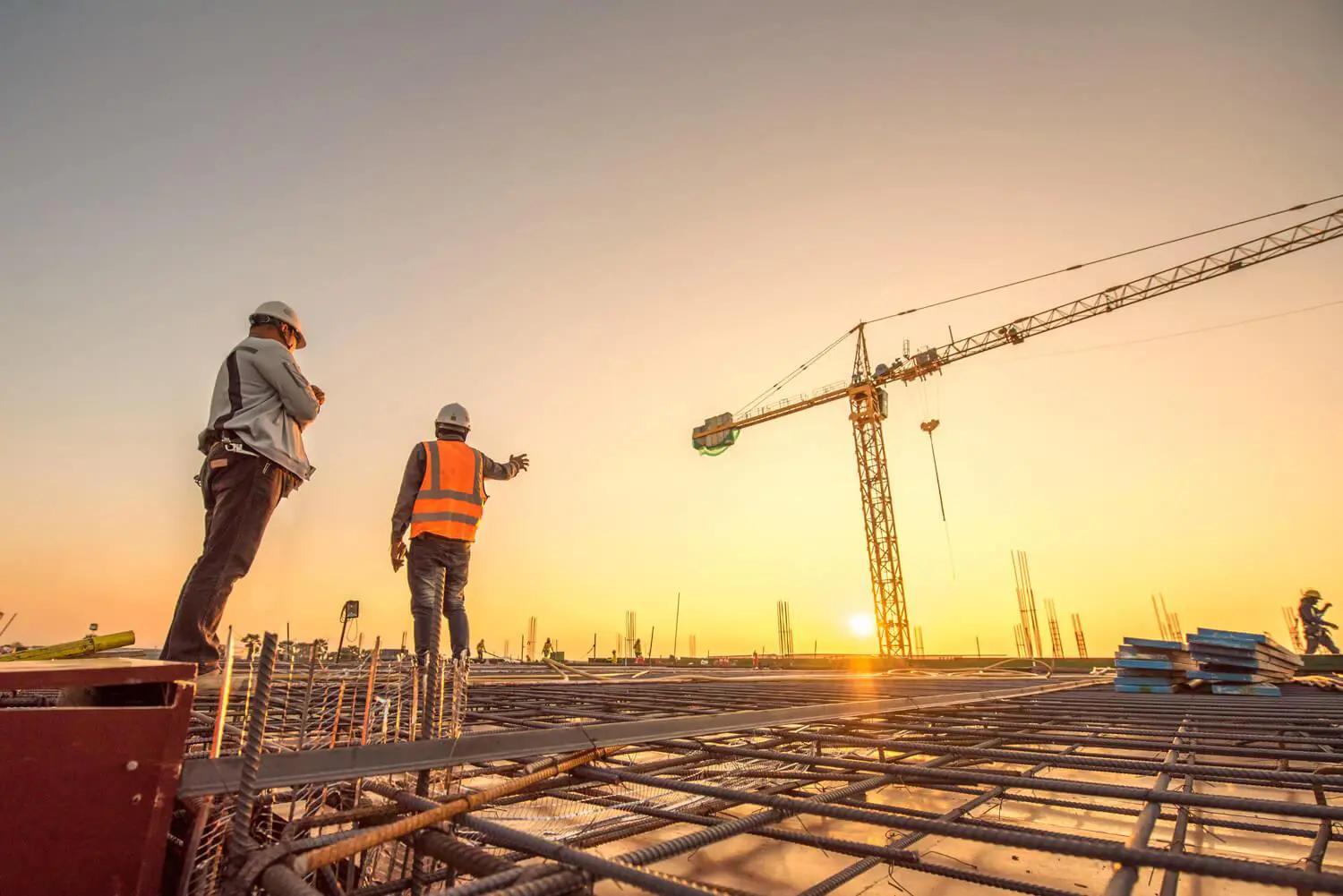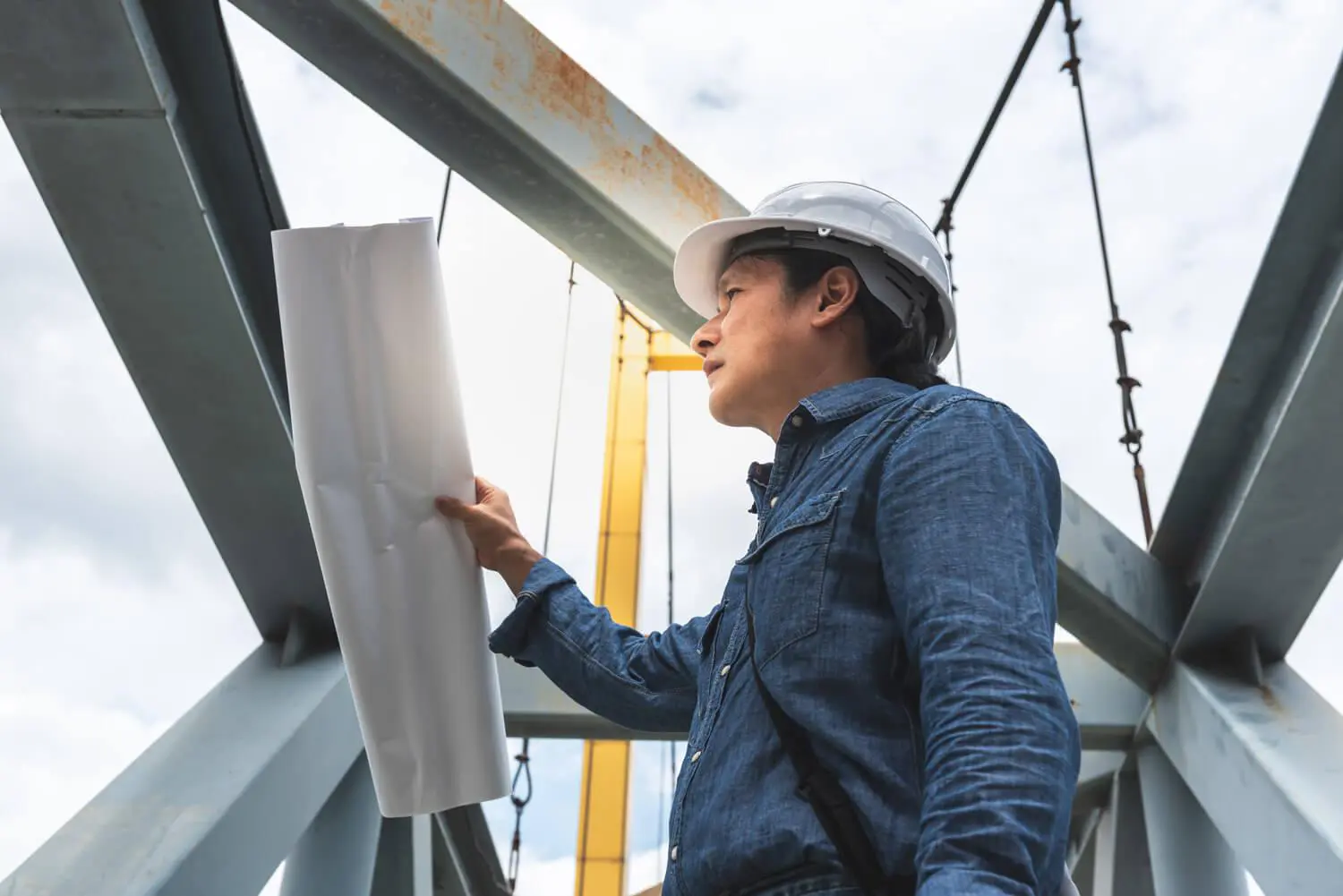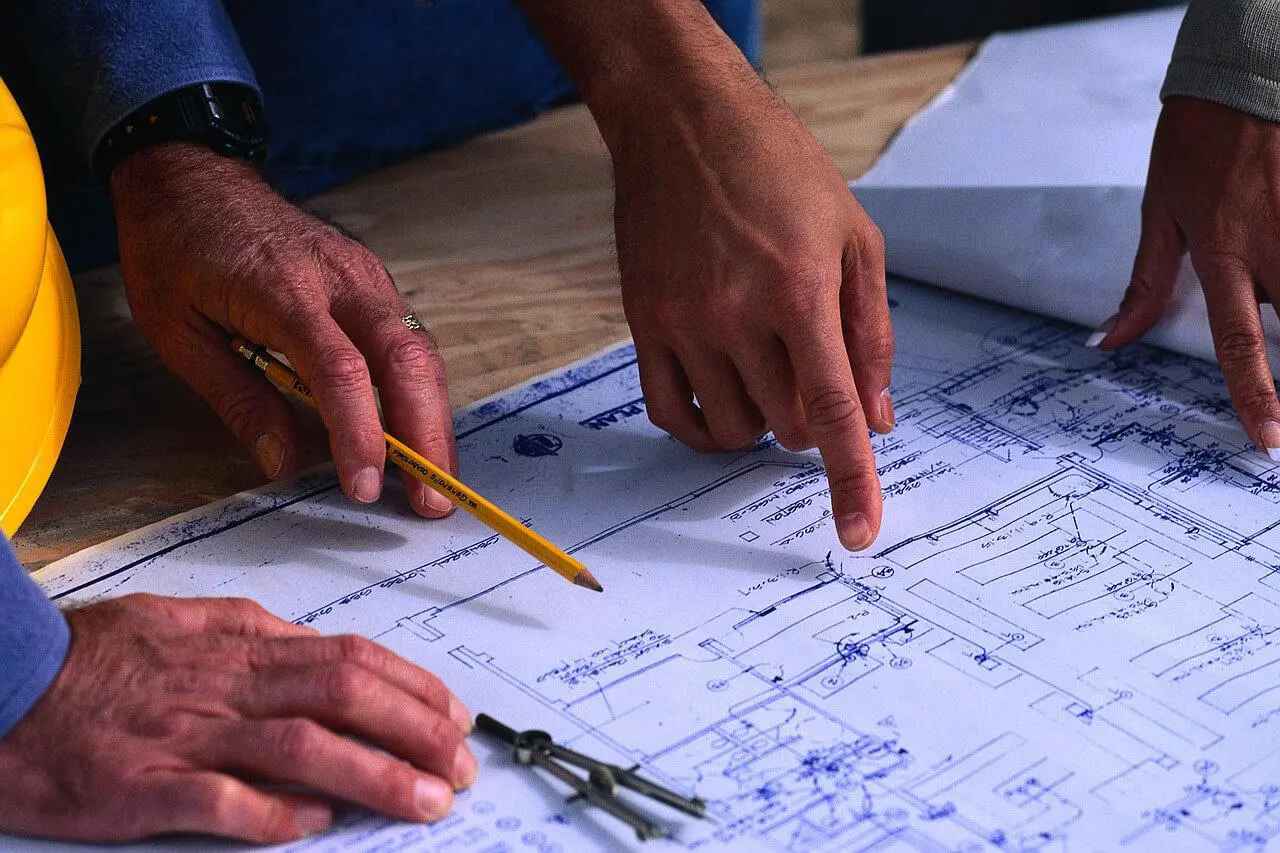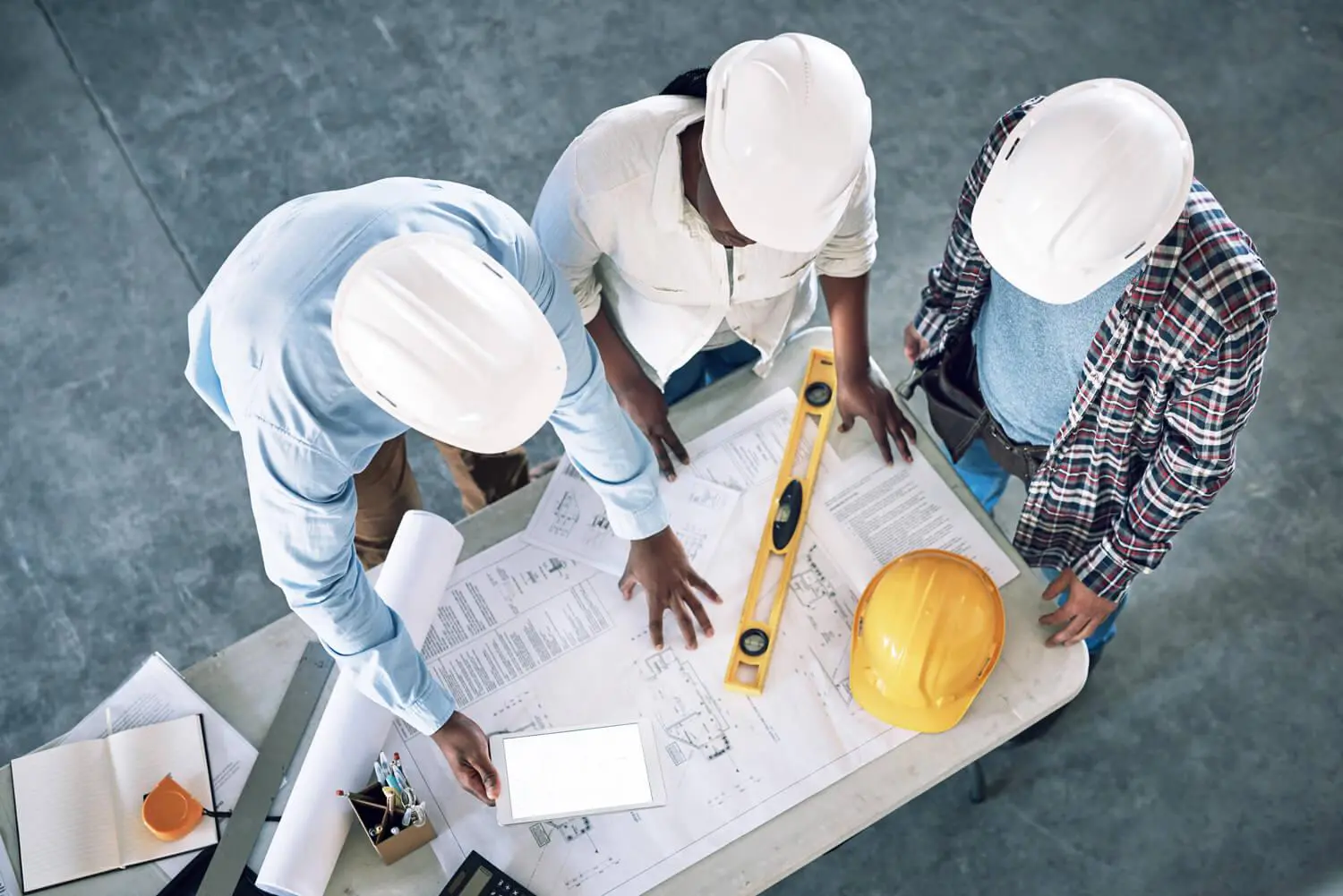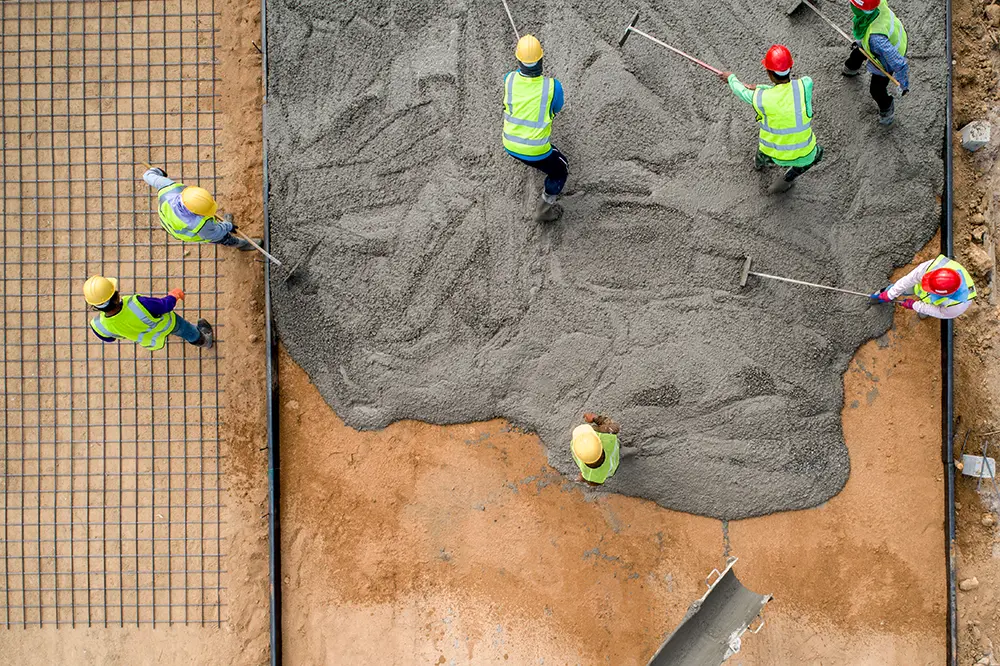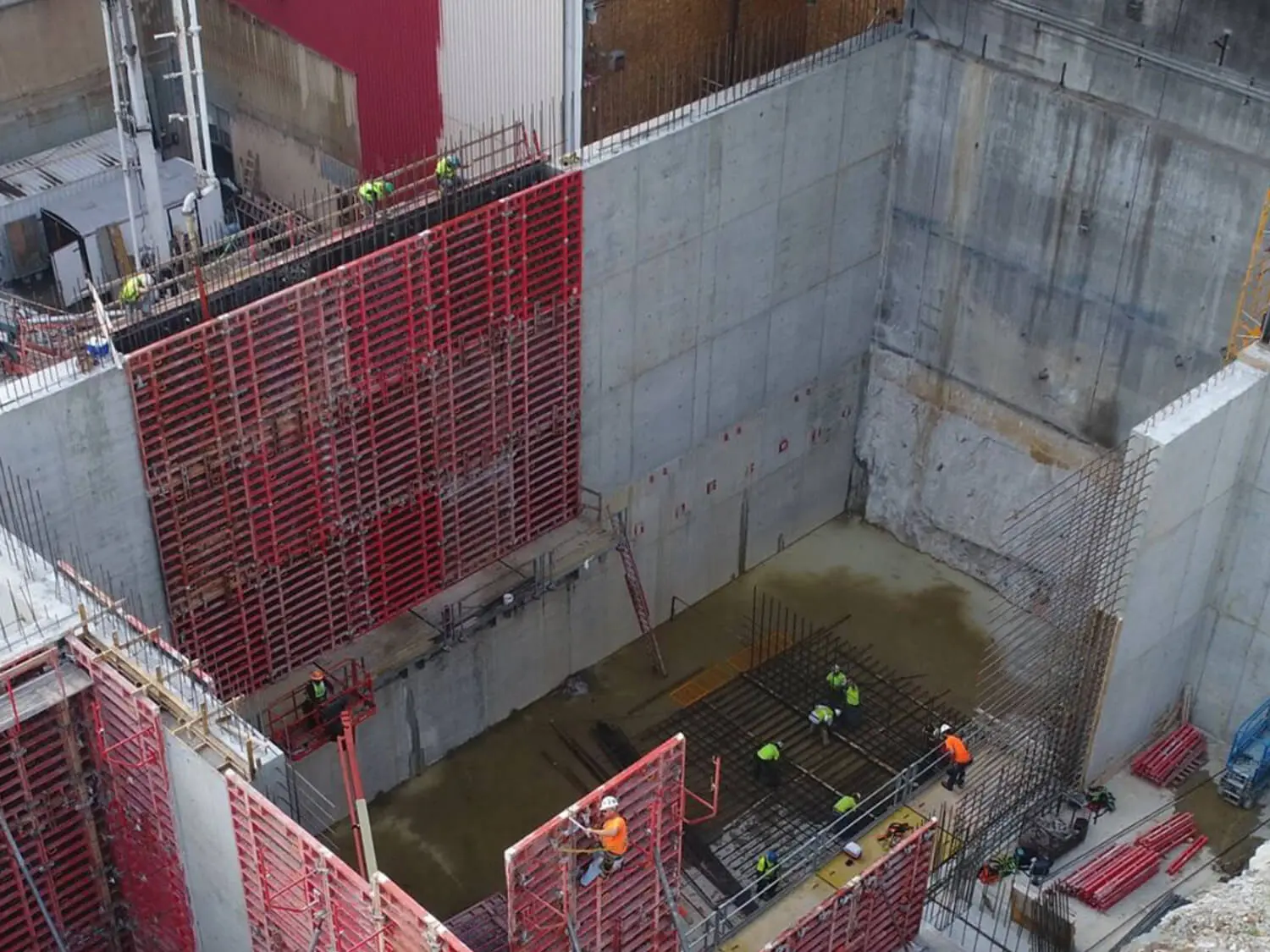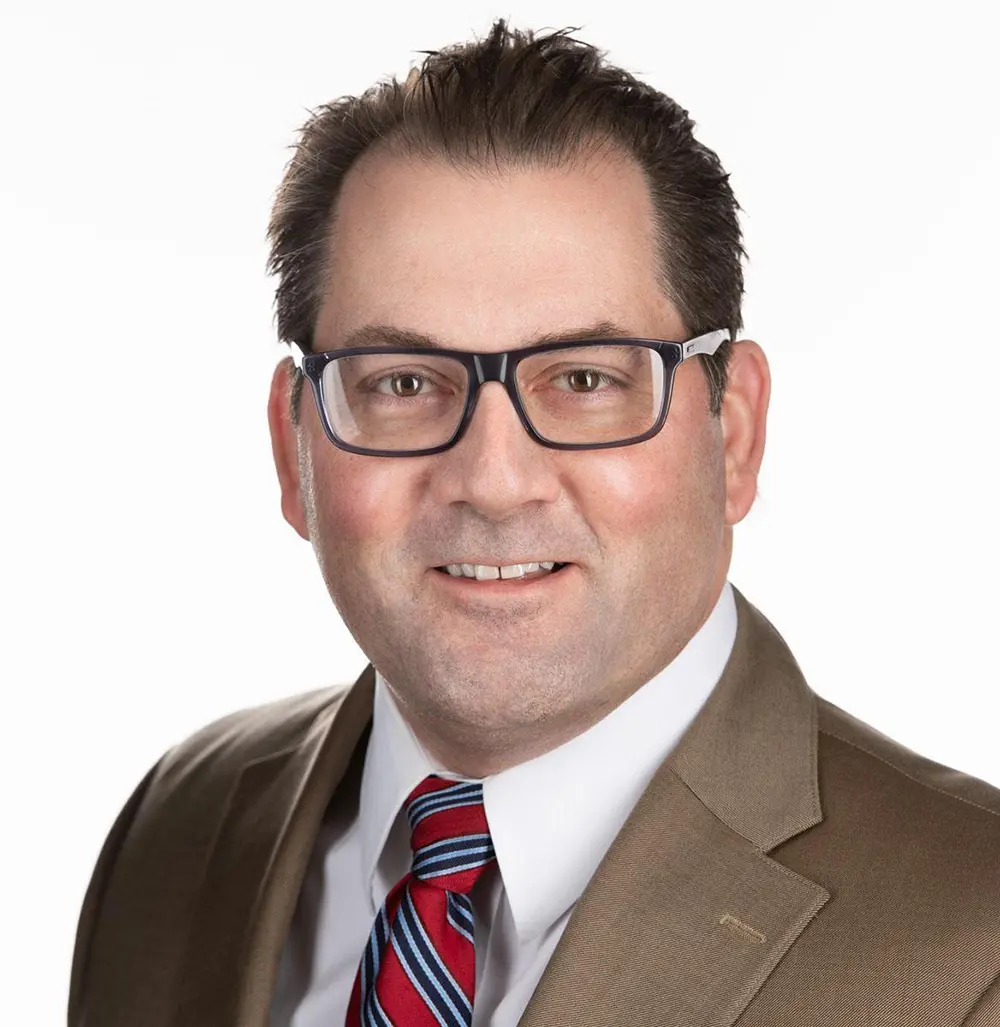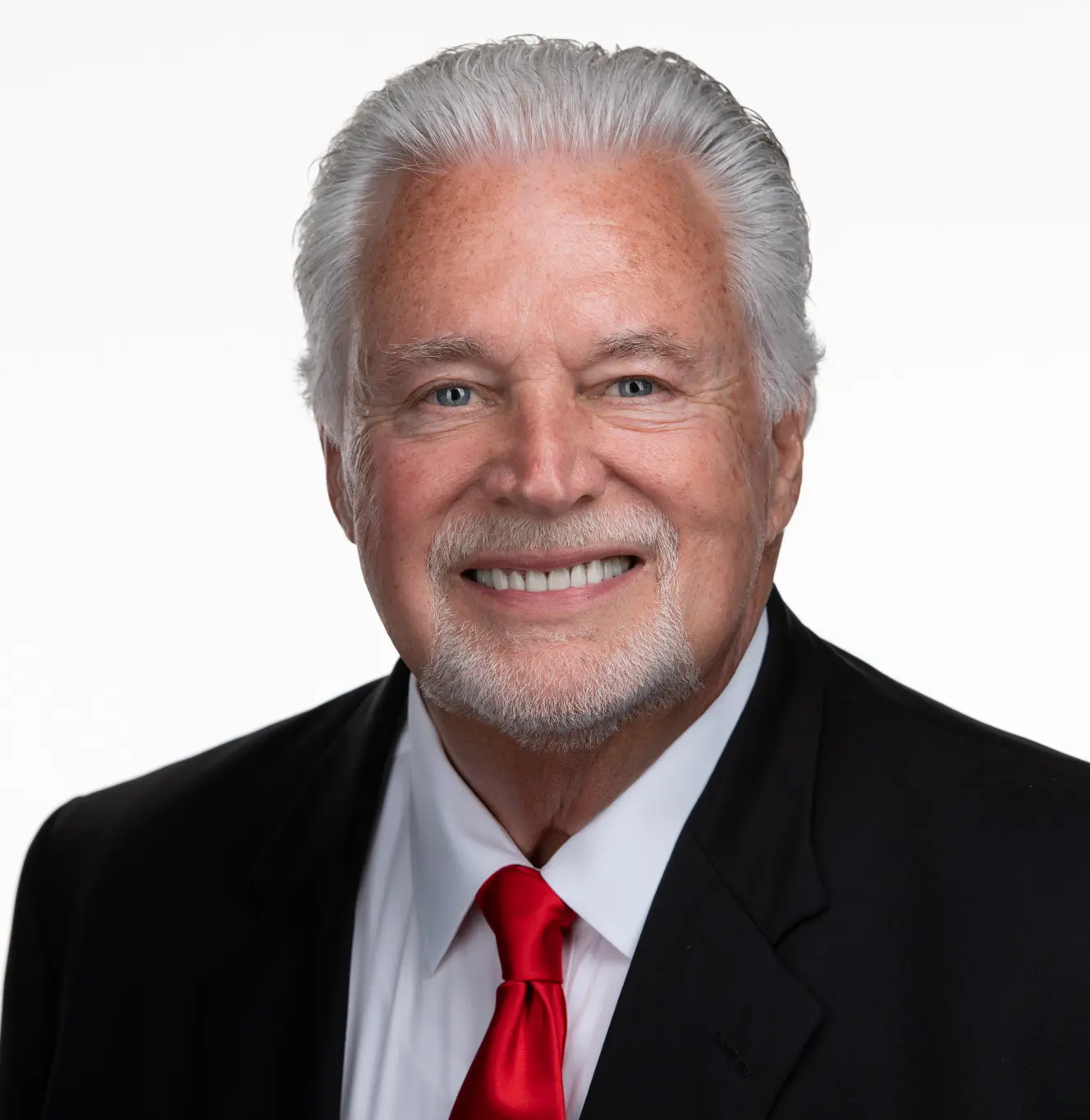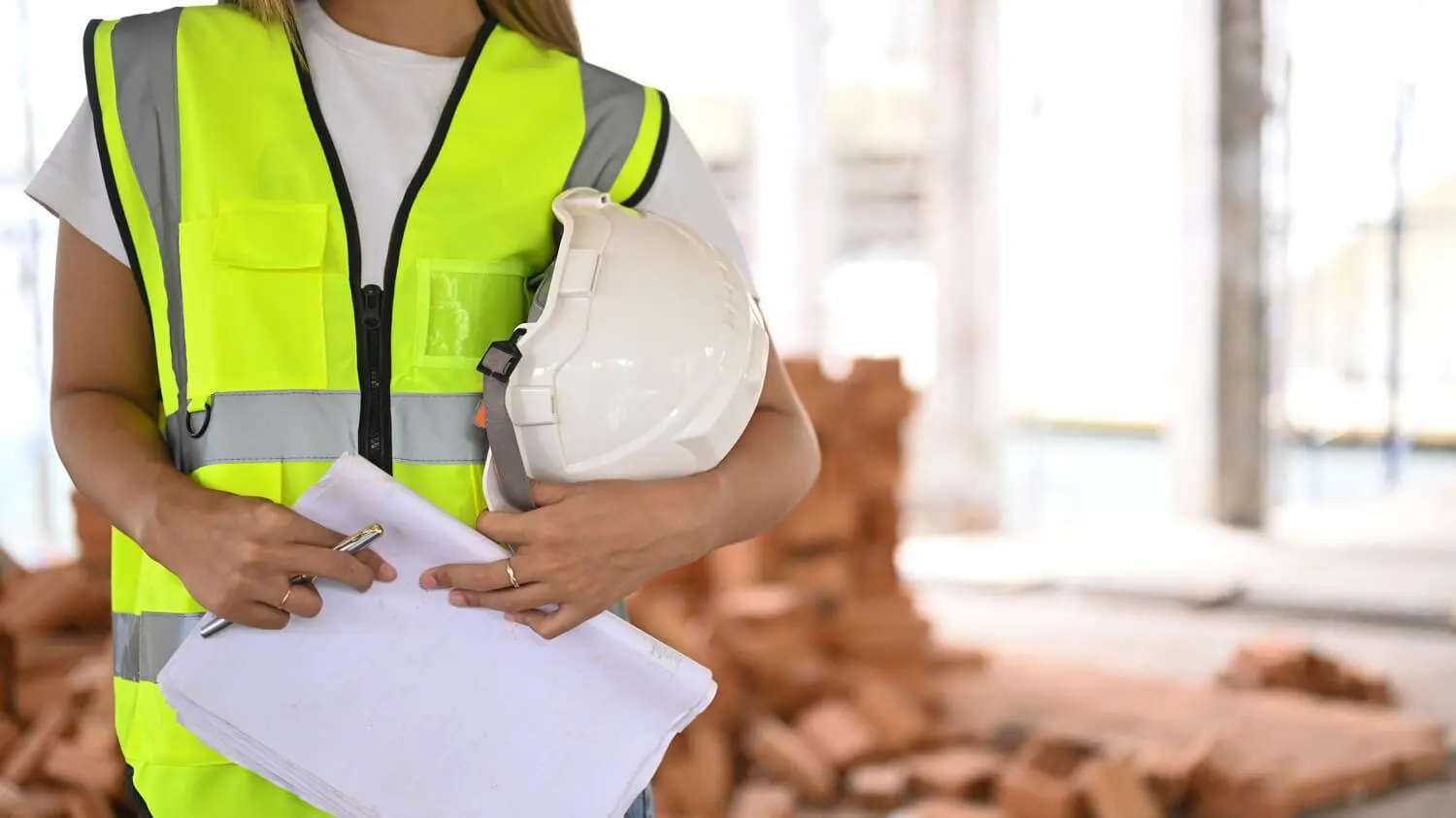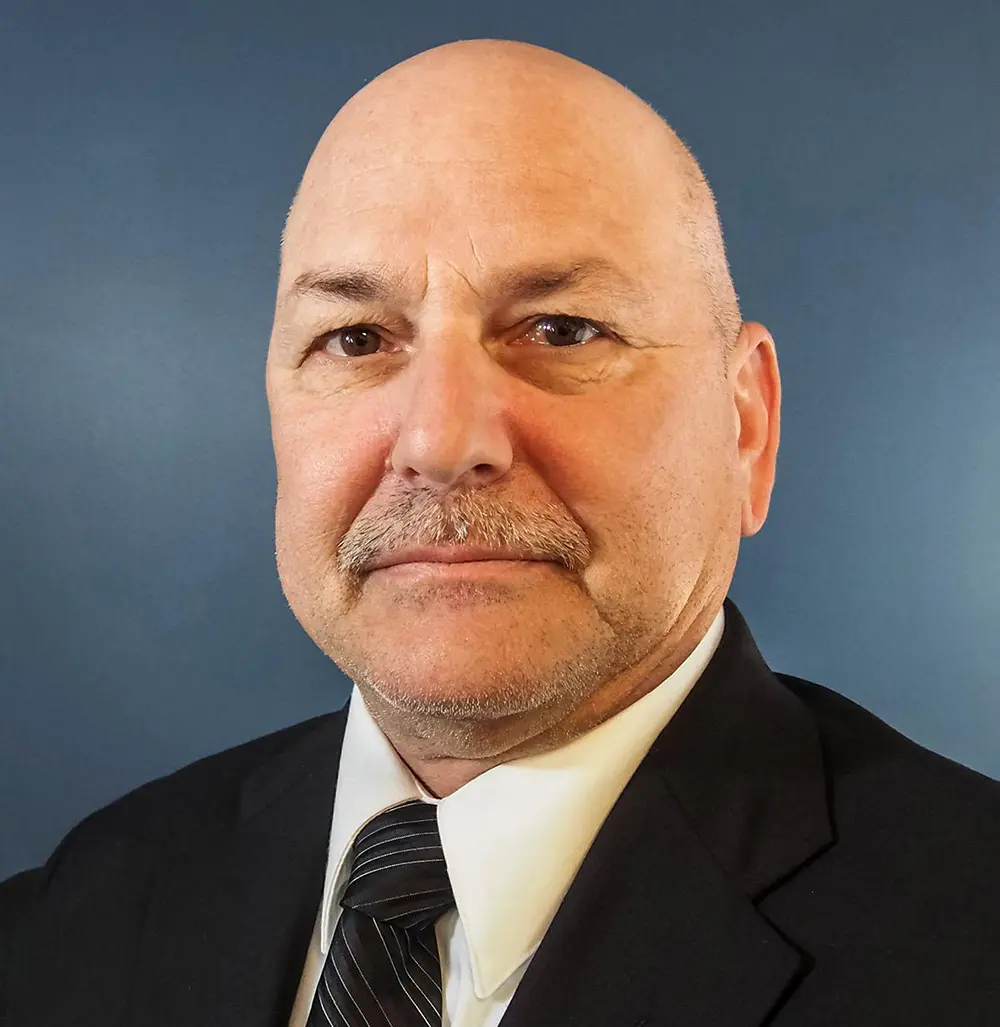Noise-induced hearing loss stands as one of the most common work-related injuries in the United States. Each year, millions of American workers face exposure to hazardous noise levels during their work activities. Beyond damaging the quality of life for these workers, occupational hearing loss exacts a considerable economic toll on society.
Primary sources of excessive noise include heavy machinery and power tools. With loudness gauged in decibels (dB), any sound registering at 85 decibels or above, when encountered over time, can result in hearing impairment or other auditory issues, such as persistent ringing in the ears known as tinnitus. The intensity and duration of exposure to a loud sound directly correlate with the extent of potential hearing damage.
Construction sites typically harbor elevated noise levels. The abundance of excessive noise in a workplace not only poses risks of temporary or permanent hearing loss, but also introduces safety hazards. Prolonged exposure to heightened noise levels over an extended period invariably leads to irreversible hearing damage.
NOISE LEVELS OF COMMON CONSTRUCTION TOOLS AND EQUIPMENT
Miter Saw – 102dBA
Hand Drill – 98dBA
Chop Saw – 106dBA
Hammer Drill – 114dBA
Impact Wrench – 102dBA
Belt Sander – 93dBA
Skill Saw – 100dBA
Circular Sander – 102dBA
Tile Saw – 101dBA
Router – 95dBA
Planer – 93dBA
Table Saw – 92dBA
Bulldozer – 97-107dBA
Vibrating Road Roller – 93-101dBA
Asphalt Road Roller – 85-103dBA
Pneumatic Chip Hammer – 103-113dBA
Jackhammer – 102-111dBA
Skillsaw – 88-102dBA
Earth Compactor – 90-96dBA
Front End Loader – 86-94dBA
All hearing protective devices are equipped with an NRR (noise reduction rating) that quantifies their effectiveness. While decibels (dB commonly quantify sound levels, it’s essential to acknowledge that the human ear does not perceive all frequencies uniformly. In North America, the prevalent weighting system is the “A” weighting. Values adjusted using the “A” weighting system are denoted in units of dBA, offering a more representative measure that accounts for the frequency-dependent sensitivity of the human ear.
Construction workers often battle elevated noise levels. It is crucial to emphasize the use of hearing protection as a proactive measure in this environment.
EARPLUGS
For earplugs, NRR ratings typically range from 20 to 25 dBA. This signifies that, when properly inserted, they can diminish the incoming noise to the ear by 20-25 dBA. It is essential to note the significance of correct insertion, as failure to do so compromises the efficacy of the protection. Unfortunately, some workers may neglect this crucial step due to time constraints or oversight. Therefore, ensuring the meticulous and accurate application of hearing protective devices is important.
How To to Insert Earplugs
1. Firmly hold the earplug between your thumb and forefinger.
2. Reach over your head and pull your ear up and out to open the ear canal with the opposite hand.
3. Push the rounded tip of the earplug completely into the ear canal.
Another critical consideration regarding earplugs is the necessity to maintain cleanliness, both for the plugs themselves and the hands during insertion. This practice is crucial to prevent ear infections and ensure optimal performance.
EARMUFFS
In contrast, earmuffs typically boast a higher NRR rating, averaging around 30 dBA. However, a challenge arises when safety glasses must be worn simultaneously. The temples of the glasses can compromise the seal of the earmuffs, leading to a reduction in their NRR.
A strategic approach involves combining earplugs and earmuffs simultaneously. This dual protection method elevates the NRR rating by an additional 5 dBA, providing an even more robust defense against potentially damaging noise levels.
Protect your hearing, as it cannot be replaced!

